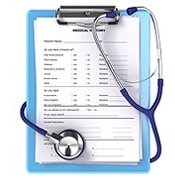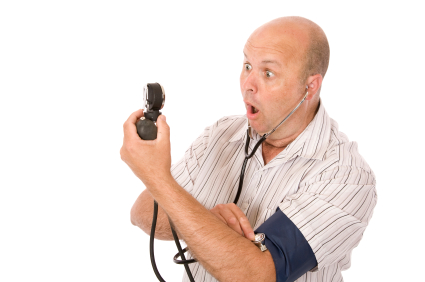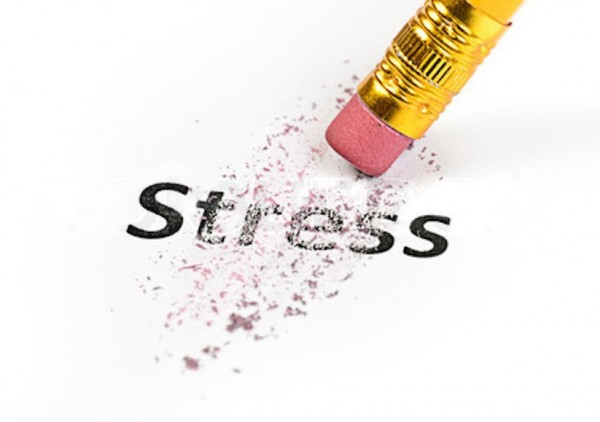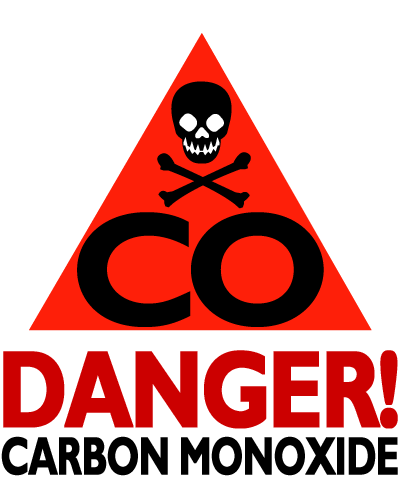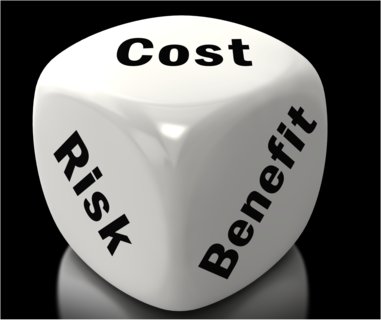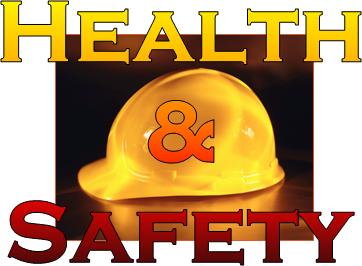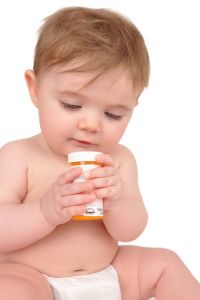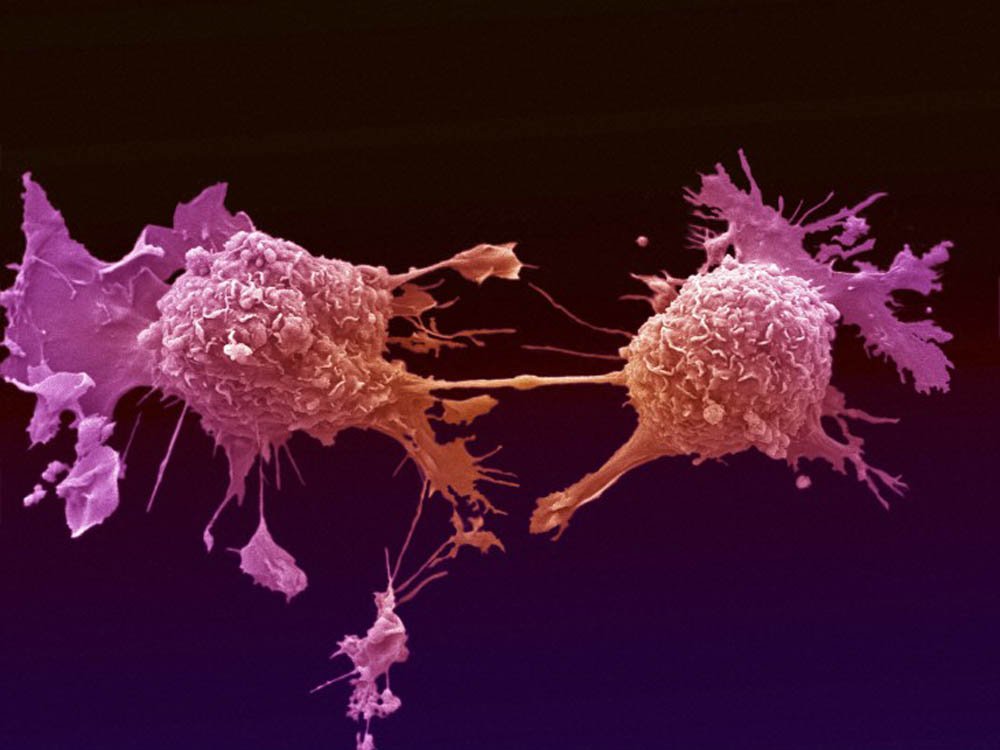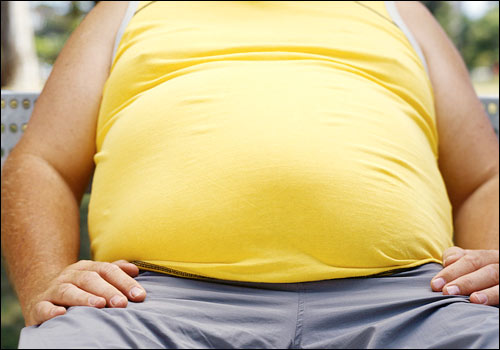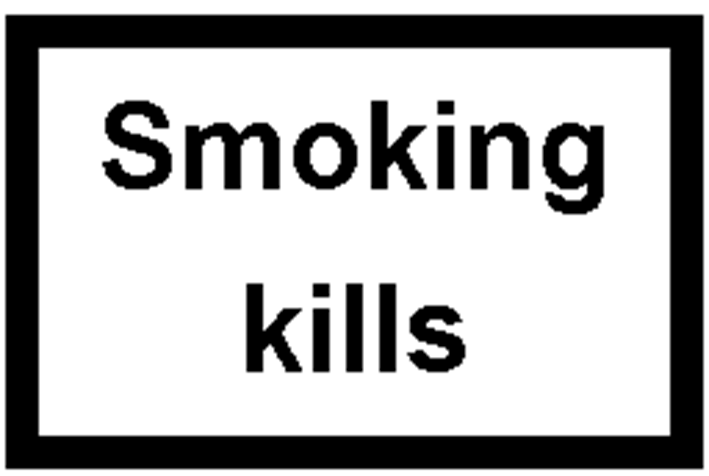 The adverse health effects from cigarette smoking account for an estimated 443,000 deaths, or nearly one of every five deaths, each year in the United States.
The adverse health effects from cigarette smoking account for an estimated 443,000 deaths, or nearly one of every five deaths, each year in the United States.
More deaths are caused each year by tobacco use than by all deaths from human immunodeficiency virus (HIV), illegal drug use, alcohol use, motor vehicle injuries, suicides, and murders combined.
Smoking causes an estimated 90% of all lung cancer deaths in men and 80% of all lung cancer deaths in women.
An estimated 90% of all deaths from chronic obstructive lung disease are caused by smoking.
via CDC – Fact Sheet – Health Effects of Cigarette Smoking – Smoking & Tobacco Use.

